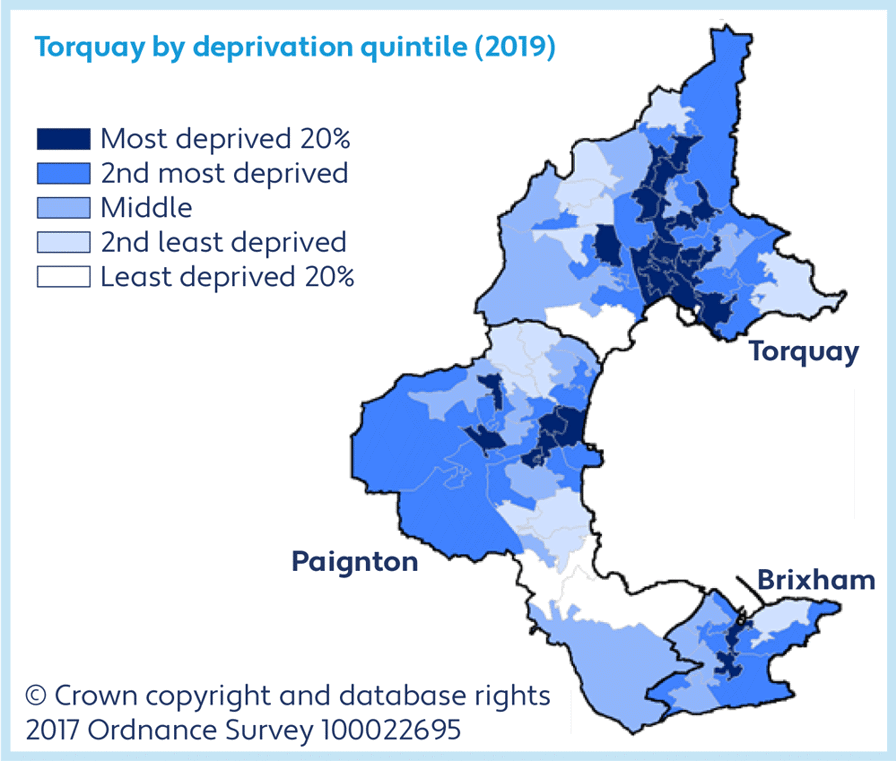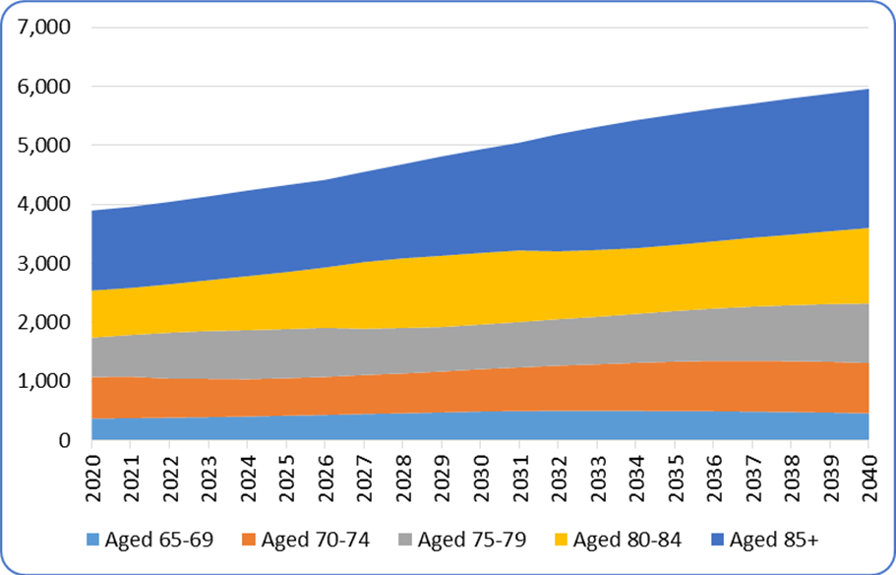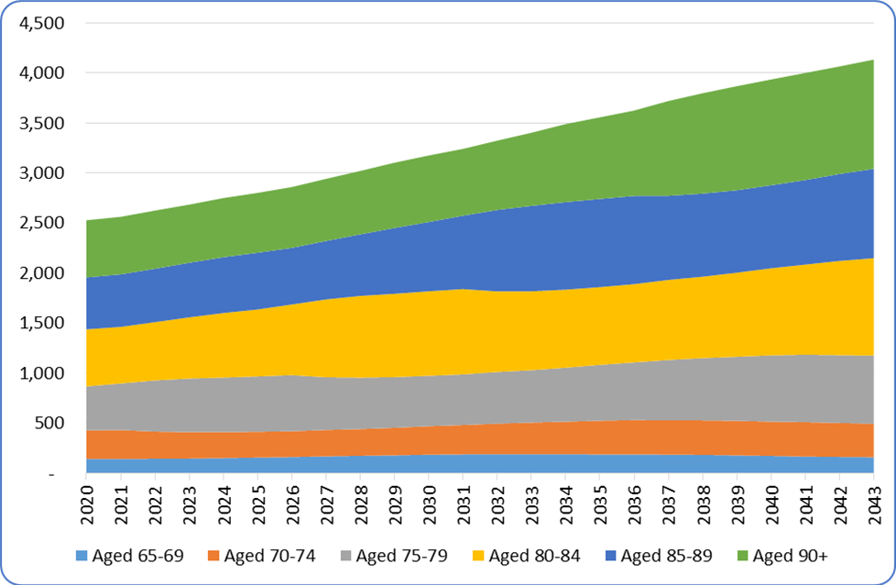The purpose of the Joint Strategic Needs Assessment (JSNA) is to provide an objective view of the health and wellbeing needs and inequalities of the local population.
The JSNA provides a high level view and evidence base for commissioners to understand and shape the local market according to the needs of the population over the long term, illustrating the challenges affecting different populations at different life stages.
Key points from the Torbay 20/21 JSNA are:
- Torbay has a resident population of 136,264 people.
- Within Torbay 27% of the population live in the top 20% ‘most deprived in England’ areas which are shown by the darker shades blue on the map. Pale areas are amongst the least deprived.
- In our most affluent areas residents can expect to live on average more than six years longer than those living in our more deprived communities.
- People in more deprived communities tend to experience multiple long-term conditions and generally have poorer health outcomes.
- Torbay is ranked as the most deprived local authority in the SW region and COVID-19 is expected to weaken the economy further, as it is heavily dependent on tourism.
- Disability-free life expectancy measures the average number of years a person would expect to live without a long lasting physical or mental health condition or disability that would limit their daily activities. In Torbay, disability-free life expectancy at birth is lower for both men and women than in England as a whole.
- Torbay GP registers show higher percentages of patients having depression, diabetes, coronary heart disease, hypertension, asthma, COPD, epilepsy and rheumatoid arthritis, compared to the rest of England.
- Multiple long-term conditions are associated with much higher healthcare costs, unplanned hospital admissions, delayed transfers of care and long-term institutionalisation. In 2015, 54% of people over 65 had multiple long term conditions, and it is likely to be increasing in the bay.

- 27% of Torbay’s population are aged 65 or over, compared to just 18% of population across England. By 2040, this is expected to rise to one in three (34%) of Torbay’s population.
- As our population ages, we expect the number of frail people, people with physical restricted mobility, slowness, low physical activity, and people with dementia to increase over the coming years, and require support from health and social care services.
- Frailty estimates for Torbay show that over the next 10 years frailty rates will increase by 25% to over 5000 people.
Frailty estimates for Torbay

- Prevalence data estimates for Torbay show that over the next 10 years, the number of people living with dementia will increase by over 30% to 3300 people.
Prevalence data estimates for Torbay

- People with poor physical health are at higher risk of experiencing common mental health problems, and those people with mental health problems are more likely to experience poor physical health.
- One-in-four adults will experience mental illness during their lifetime. Measures such as depression rates in primary care, and hospital admissions for self-harm and suicides, are higher in Torbay compared to the wider England average.
- Other issues affecting levels of need are the prevalence of learning disability. A learning disability can be mild, moderate or severe, and affects the way a person understands information and how they communicate. The percentage of GP patients known to have a learning disability is higher across Torbay compared to England.
More in About the council
- How the council works
- Councillors
- Leader of the Council
- Get in touch
- Voting and elections
- Consultations
- Finance and budgets
- Plans, policies and strategies
- Information and data
- Civic Mayor
- Pay an invoice
- Report fraud within or against the council
- Audit
- Achievements, Honours and Awards
- Climate Change
- Our Performance
- Greener Way for Our Bay